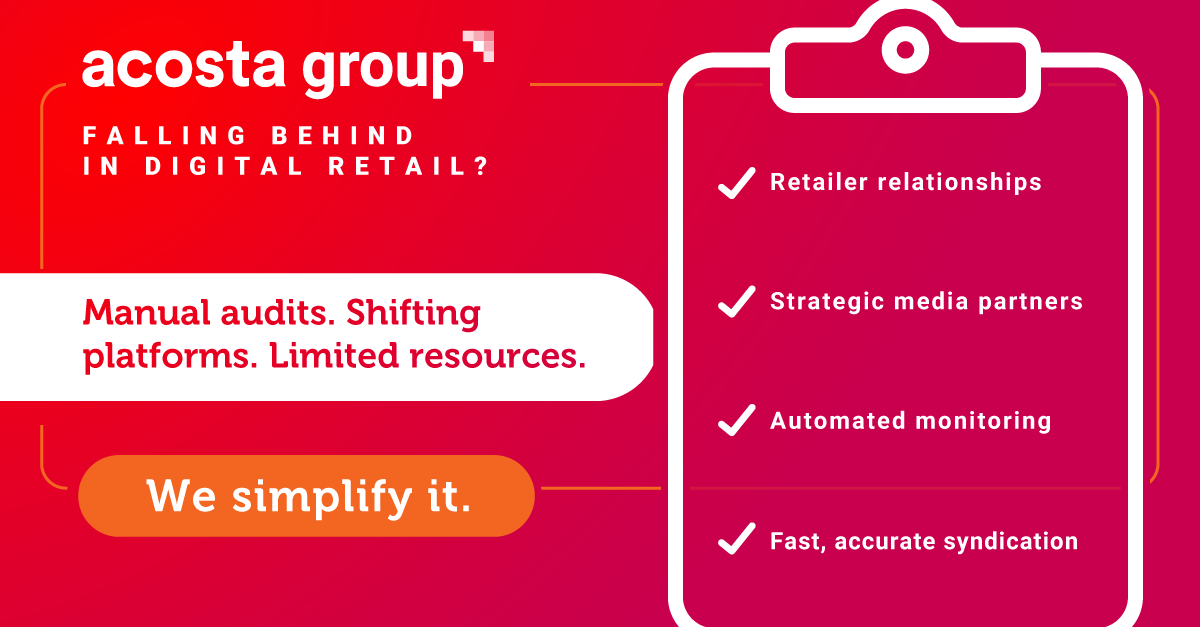The Last Mile of America: Inside Austin Leonard's Plan For Dollar General Media Network
Dollar General is betting that its 20,000+ stores scattered across rural America represent an advertising opportunity that most buyers are completely missing.

This piece is adapted from my original profile of Austin Leonard published in The Drum on September 29, 2025.
I met Austin Leonard at RMN Ascendant in Palo Alto last month—a closed-door gathering where retail media leaders actually let their guard down and speak what’s on their mind. Within five minutes of conversation, I understood why he's so well-connected in this small industry. He's deeply gregarious, pinging between conversations, greeting half the room by first name.
Before Austin took the reins at Dollar General Media Network three months ago, he spent years at Epsilon calling on many of these same people as a solutions provider. Now he's sitting on their side of the table, and those relationships still matter. He's co-hosting the "Unlocked" podcast with Elizabeth Donovan, another well-connected industry leader, where they interview their vast network of peers running retail media networks. The show pulls back the curtain on how these businesses actually get built, featuring the people who lived through retail media's explosive growth.
Which brings me to Austin's ballsy bet: that Dollar General's 20,000+ stores scattered across rural America represent an advertising opportunity that most buyers are completely missing.
The Last Mile Nobody's Talking About
Austin puts it plainly in our interview for The Drum: "We're building the last mile of e-commerce for the last mile of America." While Amazon and Walmart fight over suburbs, Dollar General dominates small towns where it's often the only game in town.
The numbers back up his confidence. Dollar General has built 90 million-plus addressable shopper profiles—and through marketplace partnerships with DoorDash and Uber, they're seeing something counter-intuitive, at least to me: a high percentage of customers acquired through these channels are completely new to Dollar General. In markets where DG is the only retailer for miles, how are they still finding new customers?
Austin's explanation: people mistakenly lump Dollar General into the "dollar store" category when it's actually a legitimate grocery and household goods retailer with serious pricing power. Same-day delivery is exposing that value proposition to customers who never bothered to walk through the door.
The question, of course, is whether 90 million rural profiles translate to the brand budgets Austin needs. If this opportunity is as obvious as he makes it sound, why hasn't someone else already built this playbook? My sense is that if anyone can crack it, it's Dollar General with Austin leading the charge. But it's still unproven territory.
But here's the piece that should make media buyers sit up: rural customers aren't the technologically backward audience that coastal ad executives assume. Austin argues they actually over-index on digital engagement and same-day delivery usage. The problem isn't the customer profile, it's the media buyers.
"The advertising industry is heavily centered in coastal urban markets," Austin told me. "Most ad professionals have limited exposure to rural consumer behavior." Translation: many buyers are leaving money on the table because they've never actually spent time in the markets Dollar General dominates.
Acosta Group’s retailer intimacy is legendary—merchants answer their calls.
You're not going to find that access at the same scale with any other partner out there. That expertise with both retailers and shoppers fuels its Connected Commerce team, which offers digital shelf, retail media, and data analytics all under one roof. Tap into 100 years of retailer relationships and award-winning digital commerce capabilities.
Measurement That Actually Means Something
Austin comes from Epsilon, where he led retail media partnerships on the solutions side. That dual perspective—understanding both what retailers need and what the tech can actually deliver—shapes how he's building DGMN's infrastructure.
DGMN is building incrementality measurement using IAB specifications for test-and-control methodologies. They've also implemented IAB-compliant matched market testing for in-store radio programs—breaking ground on standards that most networks still avoid.
I’ve written a lot about how many retail media networks are behind on standardized measurement. The short reason why is that grading one’s own homework is easier than building capabiliites around industry standards. DGMN is taking the opposite stance: "We want to be an active, vocal member pushing the industry to do it the right way," Austin told me.
This matters because measurement ranks as the top pain point for media buyers. Research from the ANA found that 57% of advertisers cite lack of standardization as their biggest challenge with retail media. Brands are increasingly withholding spending from platforms that can't prove incremental value. This ultimately leads to what I call the doom loop of retail media, where growth stalls after the easy money runs out.
Collaboration Over Competition
What struck me most about Austin—both at RMN Ascendant and in our conversation—is his genuine belief that retail media works best when everyone plays nice. "Retail media is at its best when shopper teams, sales teams, brands, merchants, and the RMN collaborate," he says.
That's not just corporate speak when it comes from Austin. The "Unlocked" podcast proves it. He and Elizabeth are literally creating a platform for competitors to share war stories and lessons learned. You don't do that unless you genuinely believe the rising tide lifts all boats.
The Linchpin Bet
Dollar General's CEO recently called DGMN "the linchpin of the digital initiatives"—corporate code for "we're putting big bucks behind this." Austin's personality and strategy align perfectly with that mandate. He's not building a traditional retail media network that extracts margin from existing trade budgets. He's building infrastructure that unlocks access to 90 million shoppers that most advertisers have completely written off.
Whether that bet pays off depends on whether buyers can get past their coastal bias long enough to realize rural America isn't a backwater market—it's an underserved opportunity with digital behaviors and buying power that nobody's properly monetizing yet.
Whether that bet pays off depends on whether buyers can get past their coastal bias long enough to test the thesis. But based on Austin's energy, industry relationships, and the infrastructure Dollar General is building, they've got a real shot at proving rural America is worth the investment.
If anyone can make this work, it's Austin. Now we wait to see if the brand budgets follow.
Read the original profile on The Drum
And here are some more of my past retail media network leader profiles:






